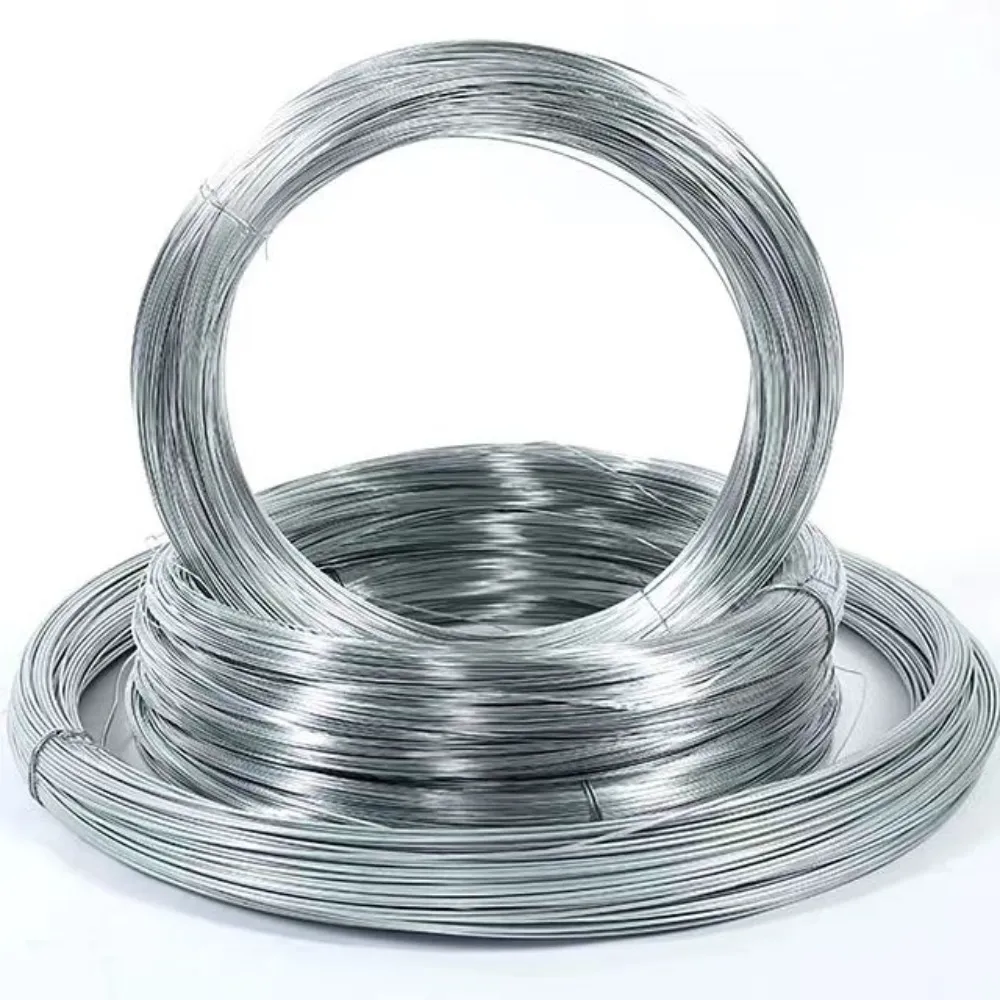Galvanized Hexagonal Wire Fencing for Effective Garden and Animal Enclosure Solutions
The Versatility of Galvanised Hexagonal Wire Netting
Galvanised hexagonal wire netting, often referred to simply as chicken wire or hex wire, is a popular material used across various industries and applications. Understanding its characteristics, benefits, and uses can help individuals and businesses alike make informed decisions regarding its implementation in their projects.
Composition and Properties
Galvanised hexagonal wire netting is made from steel wire that has been coated with a layer of zinc to prevent rust and corrosion. The hexagonal design of the mesh provides strength and stability while remaining lightweight, making it easy to handle and install. The wire gauge typically ranges from 14 to 20, depending on the intended application, with the hexagons varying in size.
The galvanisation process not only enhances the material's durability but also prolongs its lifespan, making it suitable for outdoor use and exposed environments. The protective zinc coating acts as a barrier against moisture and environmental elements that would typically degrade uncoated metal.
Common Uses
1. Agriculture and Livestock Management One of the most common applications for galvanised hexagonal wire netting is in agriculture, particularly for constructing chicken coops and enclosures. The mesh effectively keeps chickens safe from predators while allowing for adequate ventilation and sunlight. Beyond poultry, it is also used for fencing other livestock, creating safe spaces for animals such as rabbits, goats, and even guineafowl.
2. Gardening and Landscaping Gardeners often utilise hexagonal wire netting to protect plants and crops from damaging pests. The netting can be formed into protective covers over garden beds, or it can be used to create trellises for climbing plants. Additionally, the mesh can help support young plants and maintain an organized and aesthetically pleasing garden.
galvanised hexagonal wire netting

3. Construction and DIY Projects In the realm of construction, galvanised hexagonal wire netting serves as a reinforcement material. It can be used in the building of retaining walls, as well as in drainage systems where erosion control is essential. DIY enthusiasts appreciate its versatility for various projects like indoor decor, bird cages, and custom-made fencing solutions.
4. Architectural Applications The modern architectural scene also embraces hexagonal wire netting for both structural and decorative purposes. It can be incorporated into exterior cladding, creating visually appealing facades that allow for natural light admission while providing security and protection. In some cases, artists have used the material in sculptures and installations, showcasing its aesthetic appeal.
Advantages
The advantages of using galvanised hexagonal wire netting extend beyond its physical properties. One of the most notable benefits is its ease of installation. Unlike some fencing options that require extensive tools and heavy equipment, hexagonal wire can be easily cut, shaped, and installed using minimal resources.
Moreover, the cost-effectiveness of galvanised wire netting makes it an attractive option for both small projects and large-scale applications. The durability provided by the galvanisation means lower long-term costs, as less maintenance and replacement are required.
Another significant advantage lies in its environmental resilience. The zinc coating protects against rust, and therefore the material can withstand varying weather conditions without compromising its integrity. This makes it a sustainable choice for projects that require longevity.
Conclusion
In summary, galvanised hexagonal wire netting proves to be an indispensable material, valued for its versatility across numerous applications in agriculture, gardening, construction, and artistry. Its protective attributes, ease of installation, and cost-effectiveness solidify its status as a practical solution for numerous projects. Whether creating secure environments for animals or adding decorative touches to architectural designs, hexagonal wire netting continues to be a reliable choice for professionals and DIY enthusiasts alike. As industries evolve and innovation continues, individuals can expect to see further applications and creative uses for this timeless material.
-
Space-Saving Chain Fence Hacks Vertical Gardening with Cyclone MeshNewsJul.16,2025
-
Innovations in Iron Nail Wire Production for Modern ConstructionNewsJul.16,2025
-
Creative Uses of Wire Netting Fence in Modern Landscape DesignNewsJul.16,2025
-
Barbed Wire Fence Innovations in Anti-Climb TechnologyNewsJul.16,2025
-
Architectural Uses of Umbrella Nails for Aesthetic Roof DesignsNewsJul.16,2025
-
Architectural Uses of Razor Barbed Wire in Secure Urban DesignNewsJul.16,2025




